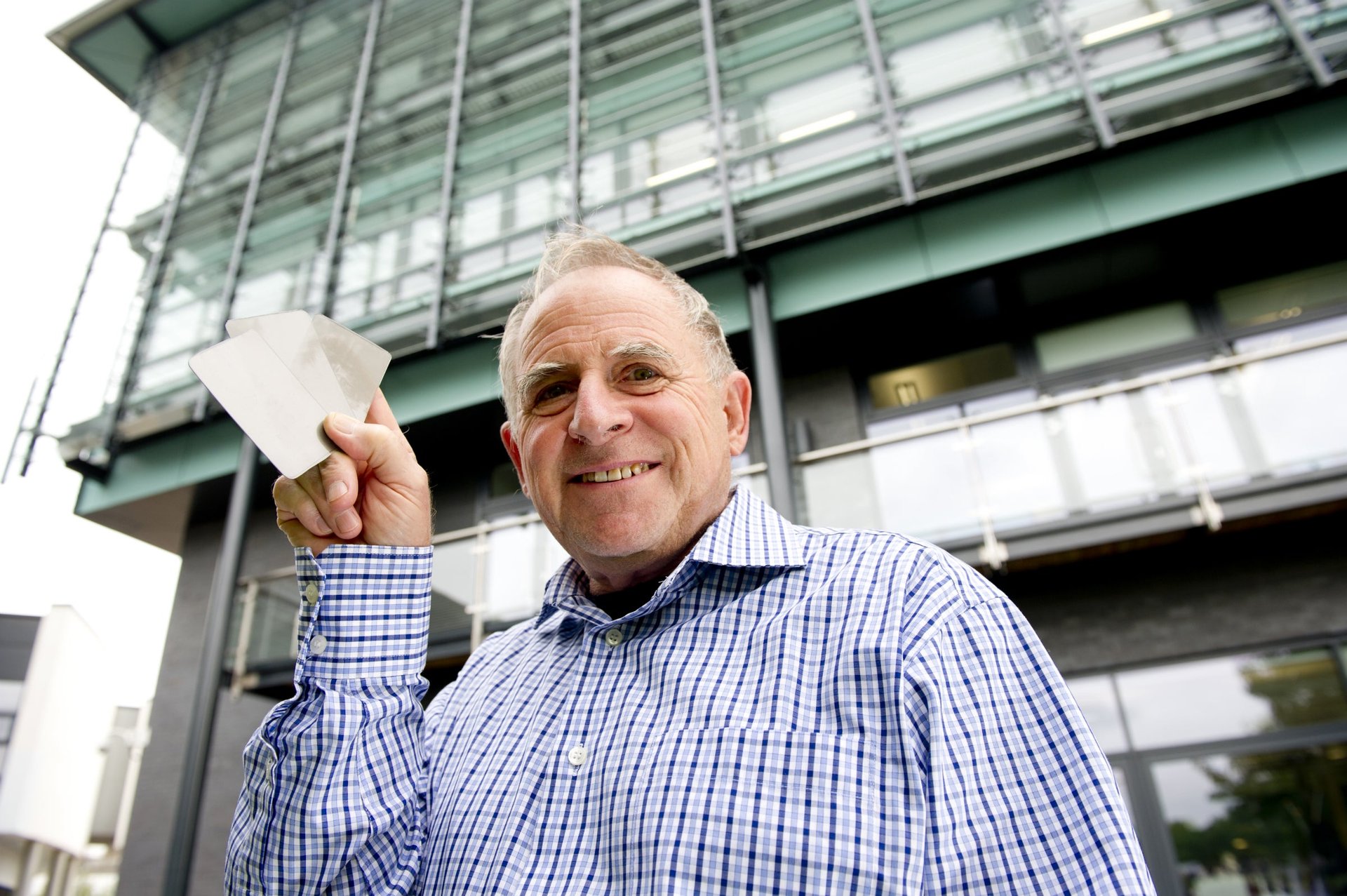Plastic with invisible images may allow swipe-free payments and stop someone from stealing your car
Copying a credit card’s number or even the data out of its magnetic strip is easy. But imagine if all your information were embedded in the very fabric of any piece of plastic in a way that’s invisible to the naked eye.


Copying a credit card’s number or even the data out of its magnetic strip is easy. But imagine if all your information were embedded in the very fabric of any piece of plastic in a way that’s invisible to the naked eye.
Gordon Smith, a professor at the University of Warwick, has developed a way for plastic manufacturers to do just that. His new innovation—patent pending—would allow them to embed visible or invisible pictures into the very structure of the plastic. While an object is being made, and the plastic is molten, ”you can manipulate [both] the pigmentation within [the plastic] and the particles within it so that you can form it into images and data,” Smith explained to Quartz in a phone interview. They have also built a scanner to read the images or data.
That could be a boost to security. Many normal credit cards contain radio frequency identification (RFID) chips that allow the cards to be hacked using radio signals. Indeed, experts argue that any circuitry which can send an electromagnetic signal can be compromised. Since Smith’s technology is just rearranging plastic, it shouldn’t have this problem. ”The image is non-clone-able because if you tried to get the image out [of the plastic] then you’d just destroy it,” he adds.
The technology could be used on any plastic object that’s made by injection molding. ”It’s not a printing or anything on the surface,” says Smith. “It is an image that can be created within the plastic so the plastic can be created in any shape whatsoever.” That could include fingerprints, QR codes, writing—you name it.

Though he’s testing it out on credit-card-like plastics, Smith says the technology has already garnered interest from the car industry, which might embed codes into a car’s plastic parts to help trace the car if it’s stolen. Similar embedded “fingerprints” could be used to identify all your most important possessions, such as cellphones, Smith suggests.
Admittedly, the technology is in its infancy. The video below shows the process of rearranging plastic particles—which in this case clearly form an image—but it’s hazy, and far less precise than anything like a QR code or fingerprint. So far, the images are just black-and-white, but Smith says color is on the way. He and his team are looking for partnerships, however, “where we can show [a company] how to innovate it further.”